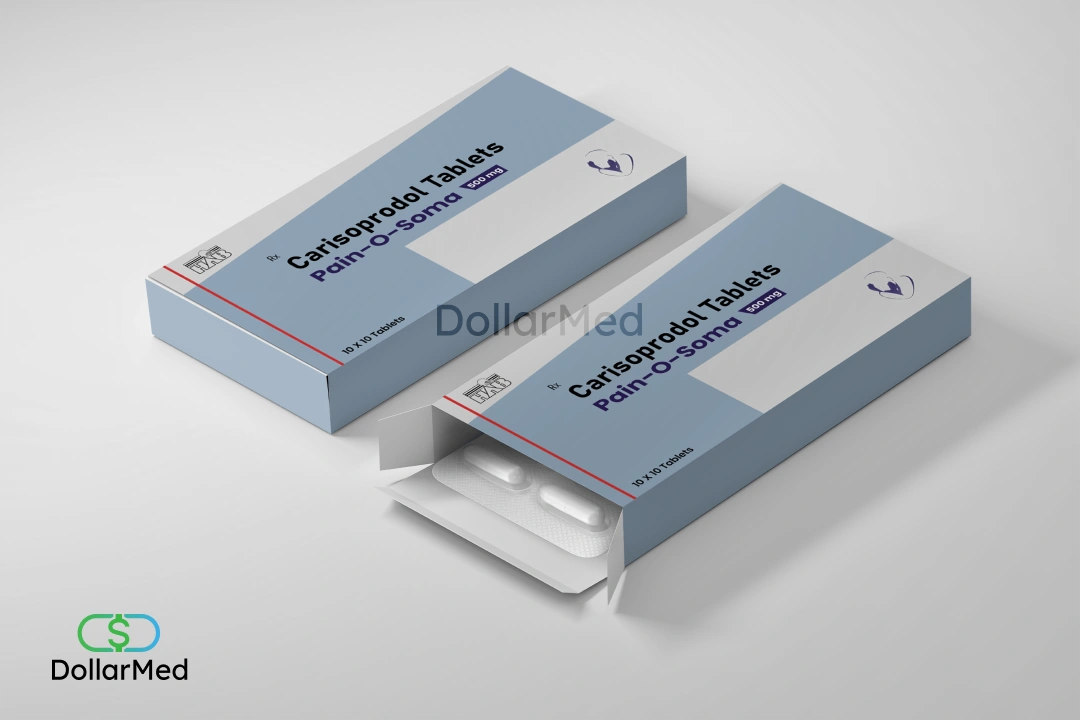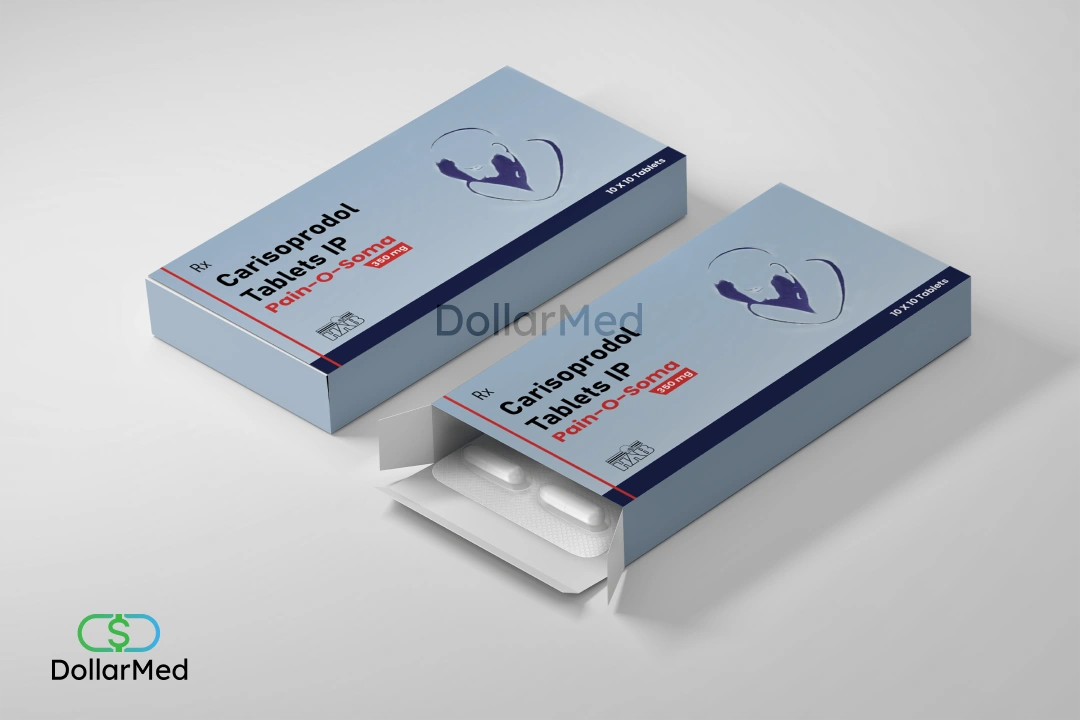




Depression, Panic disorder, Anxiety disorder


10 tablets per strip

Paroxetine

17 to 22 hours

Consern Pharma Limited
Paroxetine is a type of medication known as a selective serotonin reuptake inhibitor (SSRI). It works by increasing the levels of serotonin in the brain.
Serotonin is a neurotransmitter. It plays a key role in regulating mood, emotions, and behavior.
Paroxetine blocks the reabsorption of serotonin by certain nerve cells in the brain. This keeps more serotonin in the brain, helping nerve cells communicate better and regulate mood.
By increasing serotonin levels, paroxetine can alleviate symptoms of
other conditions where serotonin imbalance is thought to play a role.
However, the exact mechanism of action of paroxetine and other SSRIs is not fully understood.
Still, their effectiveness in treating various mood and anxiety disorders is well-documented through clinical research and practice.
For Depression
Start with 20 mg daily. Gradually increase to 50 mg daily in 10 mg increments. Improvement usually begins after one week, with full effect by the second week.
For OCD
Begin with 20 mg daily. Gradually increase to 40 mg daily in 10 mg steps. The recommended dose is 40 mg daily, max 60 mg daily.
For Panic disorder
Start with 10 mg daily. Gradually increase to 40 mg daily in 10 mg increments. The recommended dose is 40 mg daily, with a maximum of 60 mg daily.
For Social phobia, generalized anxiety disorder, and PTSD
Begin with 20 mg daily. You may increase to 50 mg daily in 10 mg increments. The maximum dose should be 50 mg daily.
Not for use in children and adolescents under 18. Elderly (65+) should consult a doctor for dosage adjustments.
Take it at the same time each day. Follow your prescription carefully.
Swallow the tablets whole; don’t cut, chew, or crush them.
If you forget to take a dose, take it as soon as you remember. If it’s almost time for your next dose, skip the missed one. Do not take two doses together to make up for the skipped one.
Taking more than the recommended dose of Xepar 20 mg can increase the risk of side effects and should be avoided.
Overdosing on Xepar 20 mg often leads to serious effects like
Xepar 20 mg overdoses often occur alongside other drugs, including illegal substances and alcohol.
Seek medical attention immediately if you experience symptoms of an overdose.
While using Xepar 20 mg, be mindful of potential side effects that may arise. These include:
If you experience any severe or persistent side effects or notice any changes in your health, consult your doctor immediately.
You should tell your doctor if you have or had a history of:
Combining Xepar 20 mg with thioridazine or pimozide can make the effects even worse, potentially leading to fatal outcomes.
The medication should not be consumed by children and adolescents under 18 years of age.
Be aware that Xepar 20 mg may cause drowsiness. Avoid driving or operating machinery until you know how it affects you.
Xepar 20 mg may interact with other drugs, leading to side effects. Tell your doctor if you take any of the following:
Inform your healthcare provider about all medicines you take, including prescriptions, over-the-counter drugs, vitamins, or herbal supplements.
Avoid drinking alcohol. Alcohol can increase the risk of side effects
such as sleepiness and dizziness.
Paroxetine [Product Monograph]. Mississauga, Ontario: GlaxoSmithKline Inc.; 2022. https://ca.gsk.com/media/6207/paxil-cr-pm-en.pdf
Paroxetine 20 mg is a medication primarily used to treat conditions such as depression, generalized anxiety disorder (GAD), panic disorder, social anxiety disorder (social phobia), obsessive-compulsive disorder (OCD), and post-traumatic stress disorder (PTSD).
Paroxetine is considered to be a potent antidepressant medication and is classified as a selective serotonin reuptake inhibitor (SSRI). It is effective in treating various forms of depression and other mood disorders.
No, paroxetine is not classified as a sleeping pill. While some individuals may experience drowsiness or sedation as a side effect of paroxetine, it is primarily prescribed to treat depression and anxiety disorders rather than as a sleep aid.
Paroxetine is not specifically indicated for the treatment of sleep disorders. However, some individuals with depression or anxiety disorders may experience improved sleep quality as a result of symptom relief from paroxetine treatment. It’s essential to consult a healthcare provider for appropriate treatment options if you have concerns about sleep disturbances.







© 2023 – Dollarmed™